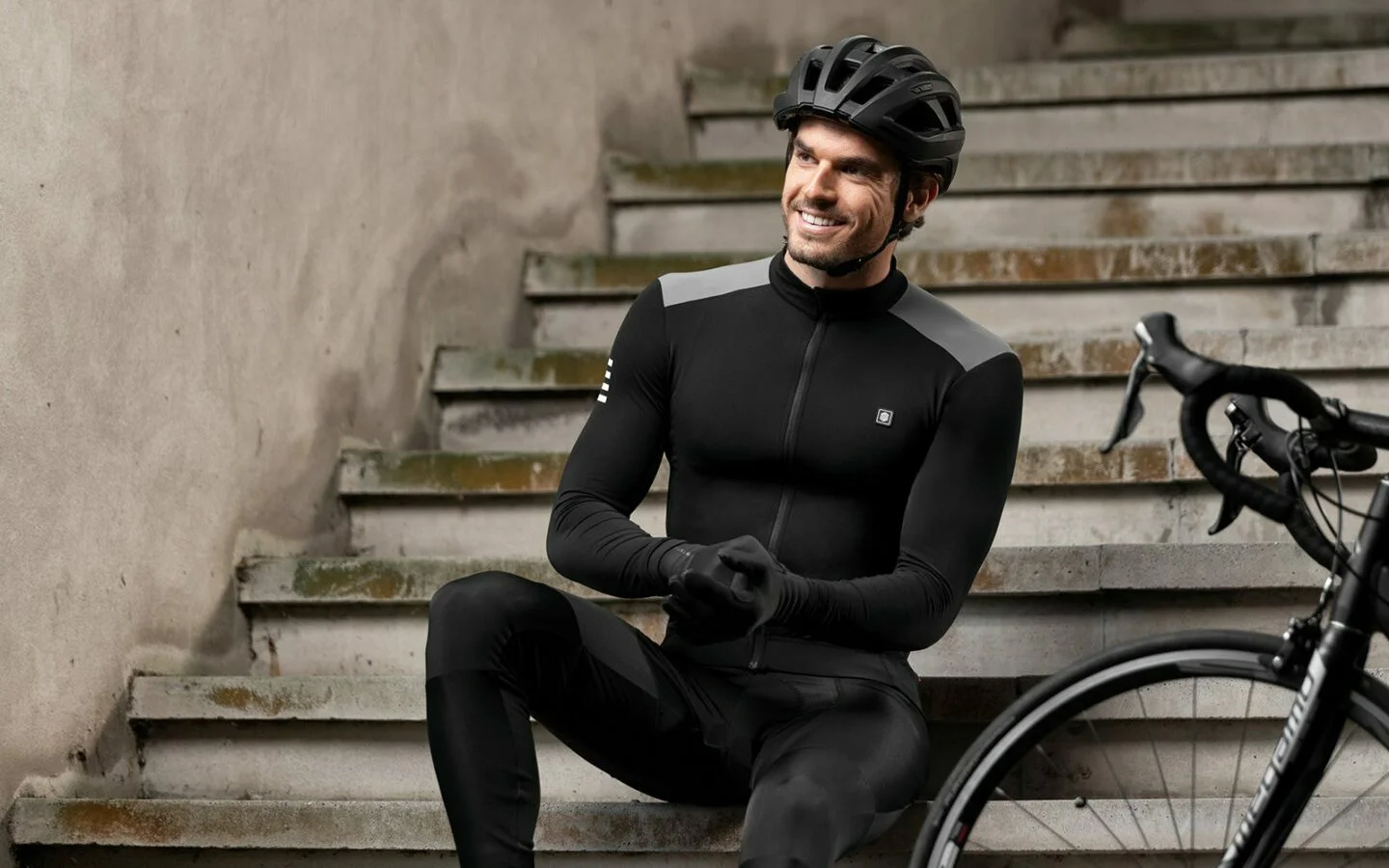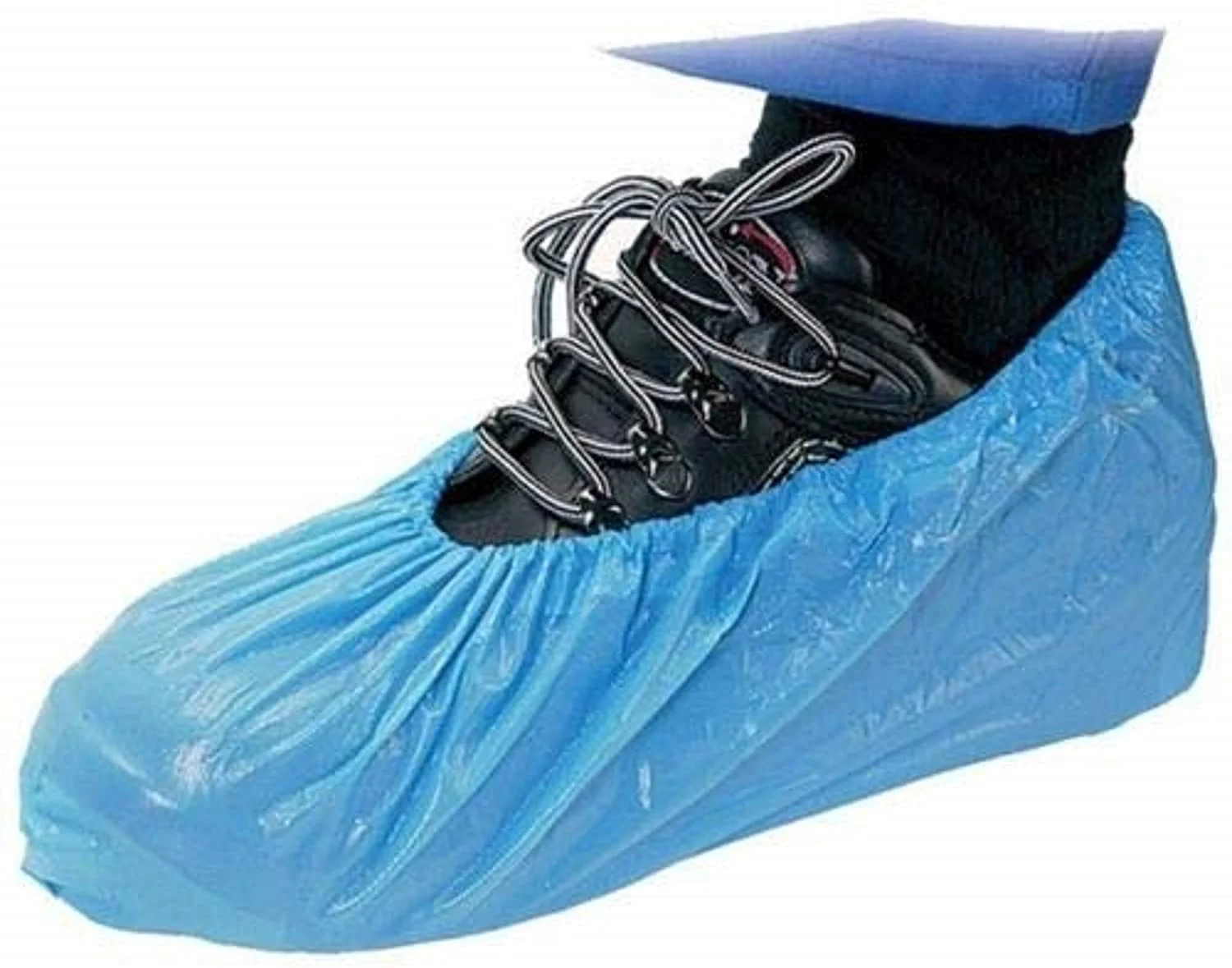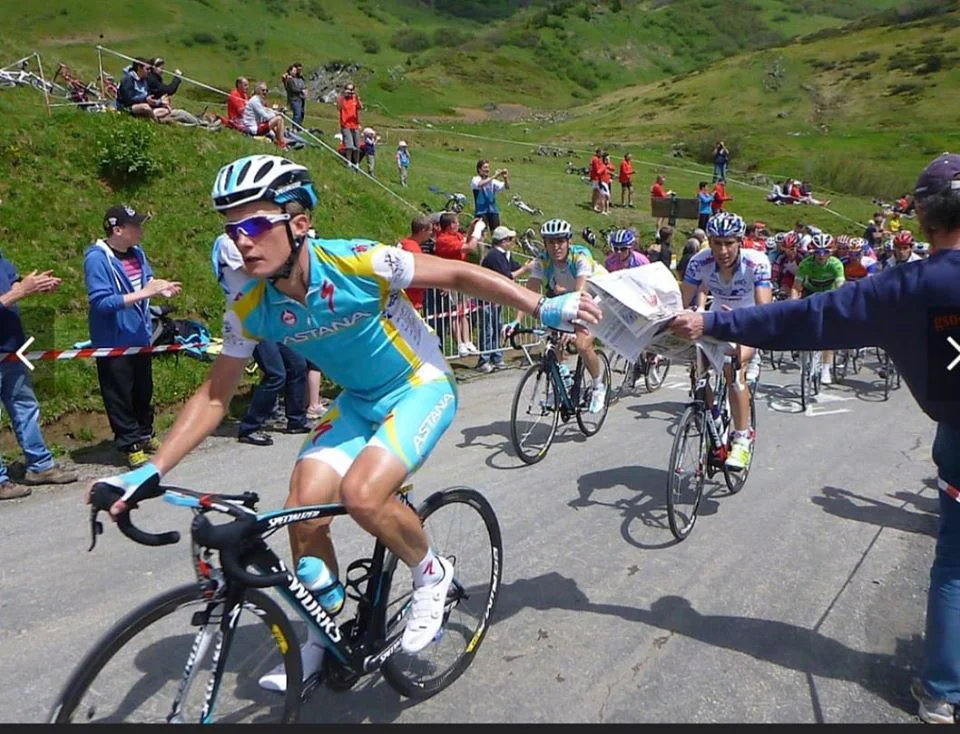Anyone who rides a bike in winter has surely experienced cold temperatures affecting their body, especially their hands and feet, at some point. Most often this is due to inadequate equipment or accessories and is easily solved by layering up and using specific cycling clothing and accessories for cold weather conditions.
Sometimes, even if we are perfectly equipped, we still get that uncomfortable feeling of cold that makes steering and handling the bike more difficult. There may be a wide range of possible causes: poor blood circulation, an incorrect position on the bike that prevents the blood from flowing properly, not eating or drinking enough, or simply the cold getting too extreme and us being too brave and overestimating our capacities. All of them, in one way or another, have a remedy. Talk to your doctor, adjust your bike, bring enough food and drink, or choose indoor cycling. If you don’t feel like staying indoors and want to face the harsh weather, here are a few DIY tricks to beat the cold:
- Cling wrap. Wrap it around the cycling shoe a couple of times from the instep to the toe to insulate the foot and keep the heat in. Break to open at the cleat and put the shoe cover on. This trick combined with a good thermal sock will help you endure even freezing temperatures.
Some cyclists put the cling wrap over the sock before putting on the shoe. We do not recommend this method as it might be quite uncomfortable, the foot does not breathe and ends up soaked in sweat. - Aluminum foil. Same as above, but this time placing the foil only on the upper part of the shoe. As an emergency solution, you can also use an aluminum potato chip bag.
Do not wear the foil over a sock. It’s uncomfortable, causes zero breathability and the foil will fall apart into pieces inside the shoe. - Disposable plastic shoe covers. Yet another way to protect your feet if none of the two previous tricks convince you. Fabric, cloth or other materials won’t work.

- Hand and foot warmers. Not the most eco-friendly and long-lasting solution, but they do the job. Some heat packs cannot be used in direct contact with the skin as they generate a lot of heat.

Place them on the instep area or on the top of your hand. You can also put one in the rear center pocket of your winter cycling jacket to keep your spine warm.Carry a couple of heat packs together with your spare parts in case of a breakdown, so that you can keep your hands warm while you repair the problem.
- Insulating tape. Cover the holes in the soles of your shoes with it to prevent cold air and water from getting in from underneath. You can also use adhesive putty, however, removing it in the summer can be quite messy.
- Used socks or socks you don’t wear. Make a belgian bootie out of some old winter socks. Make a couple of holes in them (for the cleat and for the heel) and you’ll get overshoes for when it’s cold but not excessively. When the temperature drops too much you can wear them under your winter shoe covers.

- Antifreeze in the cleats. This trick is particularly useful for those who practice mountain biking, cyclocross or gravel in the winter. If you go out in sub-zero temperatures and pass through areas where there is water or snow, it is very likely that the cleat or pedal will get stuck. A bit of antifreeze liquid will save you a lot of trouble.
- Thin thermal gloves under winter gloves. Layer up. You do not need cycling-specific gloves. They simply need to be thermal and not limiting the ease of movement in the fingers. They shouldn’t be too tight, otherwise you will end up getting cold if you do not have good blood circulation. When you buy winter gloves, aim for a slightly loose fit.
- Nitrile gloves. It is always a good idea to carry a pair of them together with your spare parts. They help to avoid staining when repairing breakdowns and to protect you from water if worn under winter gloves. They do not provide much protection against the cold.
Latex gloves or, in case of emergency, any other kind of gloves you can find at the gas station also come in handy. All of them are waterproof, although if your hands get very sweaty you will end up soaking wet inside. - Shower cap. Cyclists obsessed with aerodynamics should skip this trick. Shower caps are very unsightly, but if you wear them over your helmet they will keep your head dry, and if you wear them under your helmet they keep the heat in. You can even use them for your feet.
- Sheets of newspapers in a cycling jersey. A cycling classic that is still used in the digital age, especially in races when the pros are about to reach the top of a high mountain pass and start the descent. It absorbs sweat and protects the chest.

A simple plastic bag will also protect you from the cold, although it does not absorb sweat. - Insulated thermal water bottle. They are designed to keep the water cold in summer, but if you fill them with hot water before going out you can avoid drinking ice-cold water later on. You can also fill a regular bidon with hot water before going out, but it won’t last long if the temperature is too low.
To prevent the water from freezing, add one teaspoon of vodka. Just one.If you like herbal teas, you can fill the water bottle with your favorite one. Other ideas: broth, hot black currant drink and dairy-free Mayan hot cocoa.
A winter water bottle with a nozzle cap is also a great idea, especially for MTB and gravel, if you don’t want to drink extra dirt with your water.
Let’s wrap it up with a recommendation: Warm up before going out. You can practice some indoor cycling on your bike trainer or do some core-strengthening exercises. Don’t do it with all your clothes on because you will be sweating heavily. Once you have warmed up, dress warm from head to toe and then go out cycling. And remember that in winter, as long as the weather conditions allow it, you can also enjoy cycling.








